There is more than one way to do it!
Here I show how to reduce noise using a variety of techniques:
- Moving average
- LOWESS regression
- Low pass filter
- Interpolation
Sticking with @Hooked example data for consistency:
import numpy as np
import matplotlib.pyplot as plt
X = np.arange(1, 1000, 1)
Y = np.log(X ** 3) + 10 * np.random.random(X.shape)
plt.plot(X, Y, alpha = .5)
plt.show()
- Moving average
Sometimes all you need is a moving average.
For example, using pandas with a window size of 100:
import pandas as pd
df = pd.DataFrame(Y, X)
df_mva = df.rolling(100).mean() # moving average with a window size of 100
df_mva.plot(legend = False);

You will probably have to try several window sizes with your data. Note that the first 100 values of df_mva will be NaN but these can be removed with the dropna method.
Usage details for the pandas rolling function.
- LOWESS regression
I've used LOWESS (Locally Weighted Scatterplot Smoothing) successfully to remove noise from repeated measures datasets. More information on local regression methods, including LOWESS and LOESS, here. It's a simple method with only one parameter to tune which in my experience gives good results.
Here is how to apply the LOWESS technique using the statsmodels implementation:
import statsmodels.api as sm
y_lowess = sm.nonparametric.lowess(Y, X, frac = 0.3) # 30 % lowess smoothing
plt.plot(y_lowess[:, 0], y_lowess[:, 1]) # some noise removed
plt.show()
It may be necessary to vary the frac parameter, which is the fraction of the data used when estimating each y value. Increase the frac value to increase the amount of smoothing. The frac value must be between 0 and 1.
Further details on statsmodels lowess usage.
- Low pass filter
Scipy provides a set of low pass filters which may be appropriate.
After application of the lfiter:
from scipy.signal import lfilter
n = 50 # larger n gives smoother curves
b = [1.0 / n] * n # numerator coefficients
a = 1 # denominator coefficient
y_lf = lfilter(b, a, Y)
plt.plot(X, y_lf)
plt.show()
Check scipy lfilter documentation for implementation details regarding how numerator and denominator coefficients are used in the difference equations.
There are other filters in the scipy.signal package.
- Interpolation
Finally, here is an example of radial basis function interpolation:
from scipy.interpolate import Rbf
rbf = Rbf(X, Y, function = 'multiquadric', smooth = 500)
y_rbf = rbf(X)
plt.plot(X, y_rbf)
plt.show()
Smoother approximation can be achieved by increasing the smooth parameter. Alternative function parameters to consider include 'cubic' and 'thin_plate'. When considering the function value, I usually try 'thin_plate' first followed by 'cubic'; however both 'thin_plate' and 'cubic' seemed to struggle with the noise in this dataset.
Check other Rbf options in the scipy docs. Scipy provides other univariate and multivariate interpolation techniques (see this tutorial).

